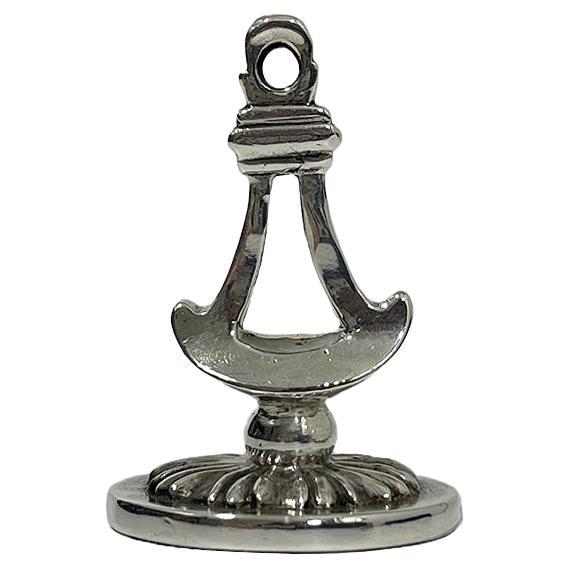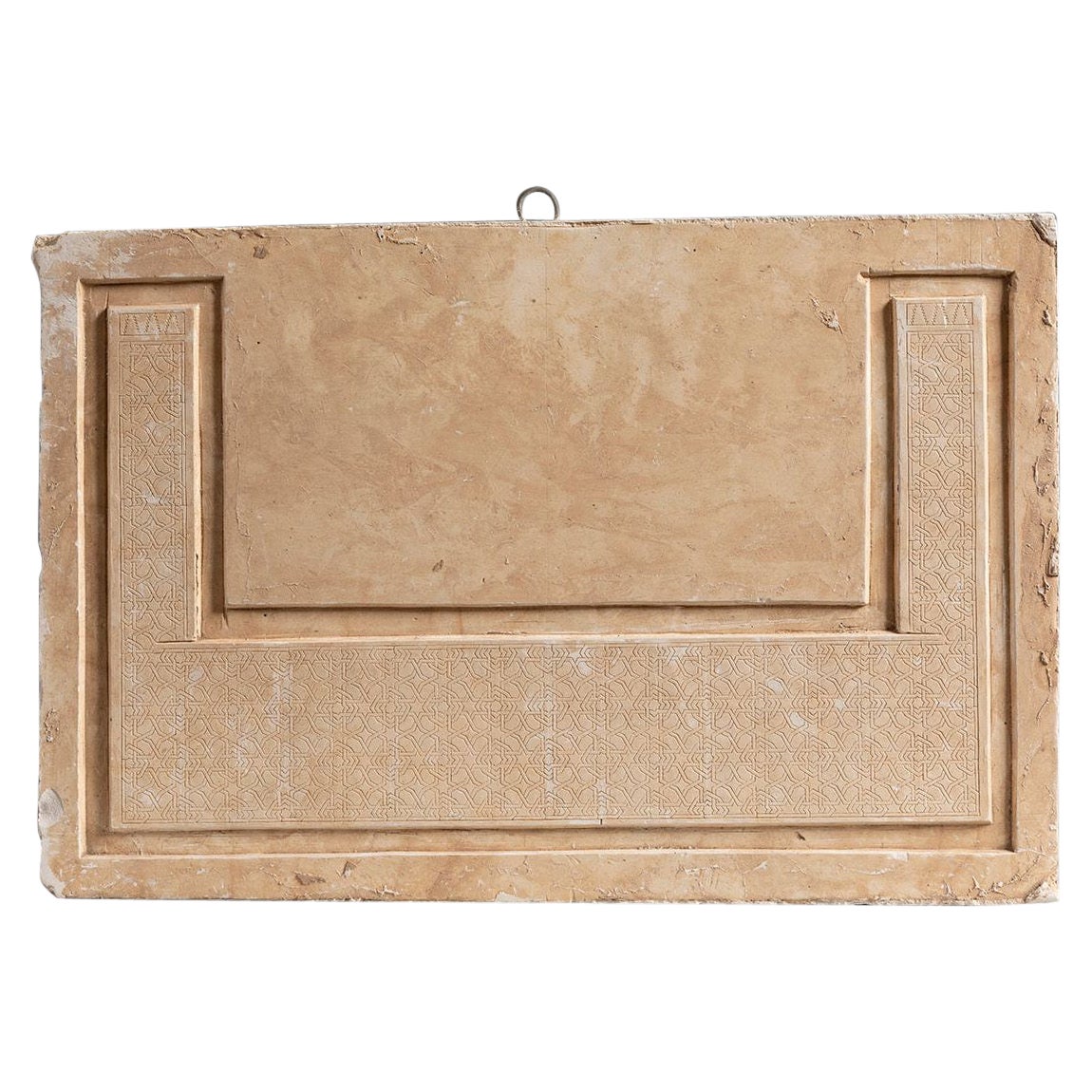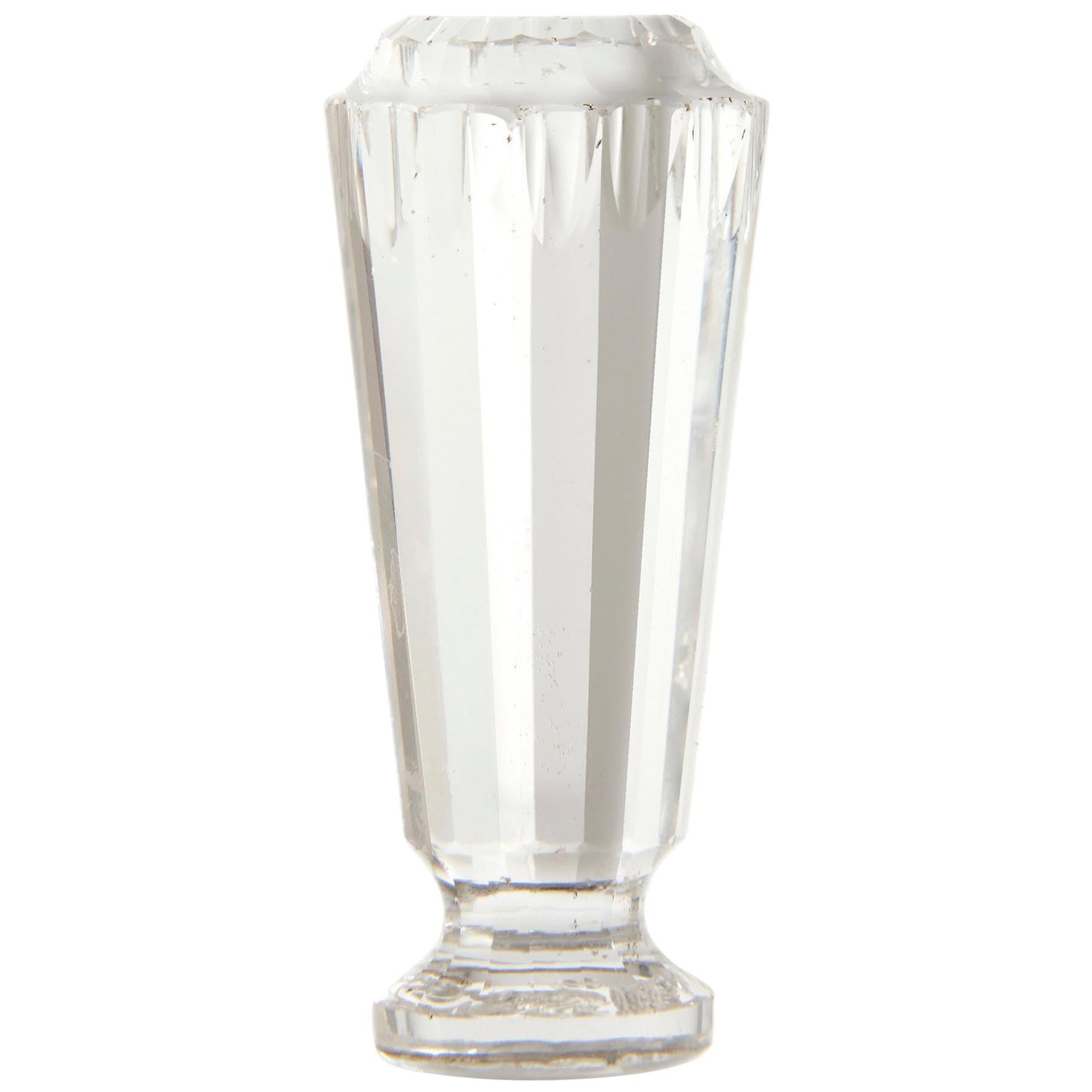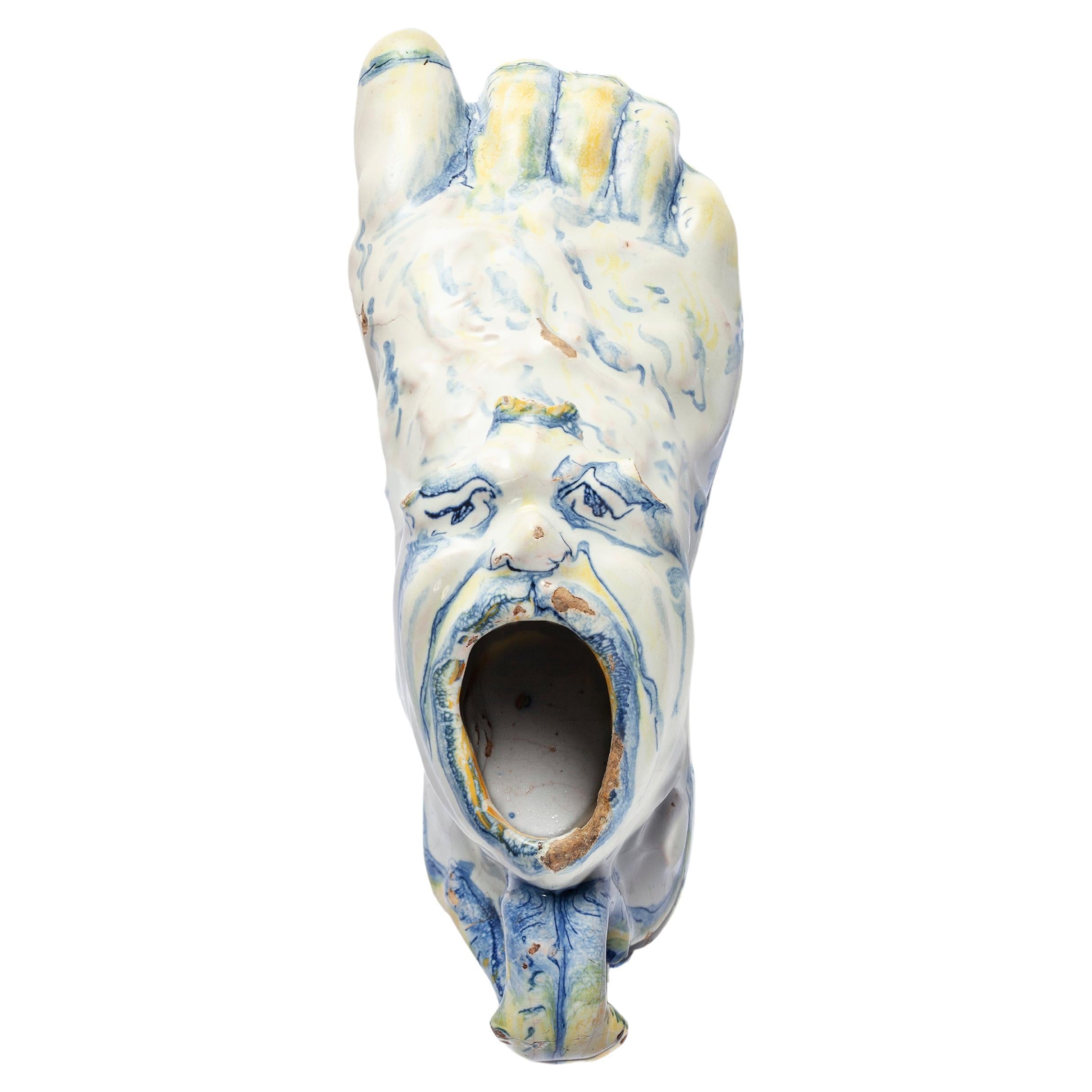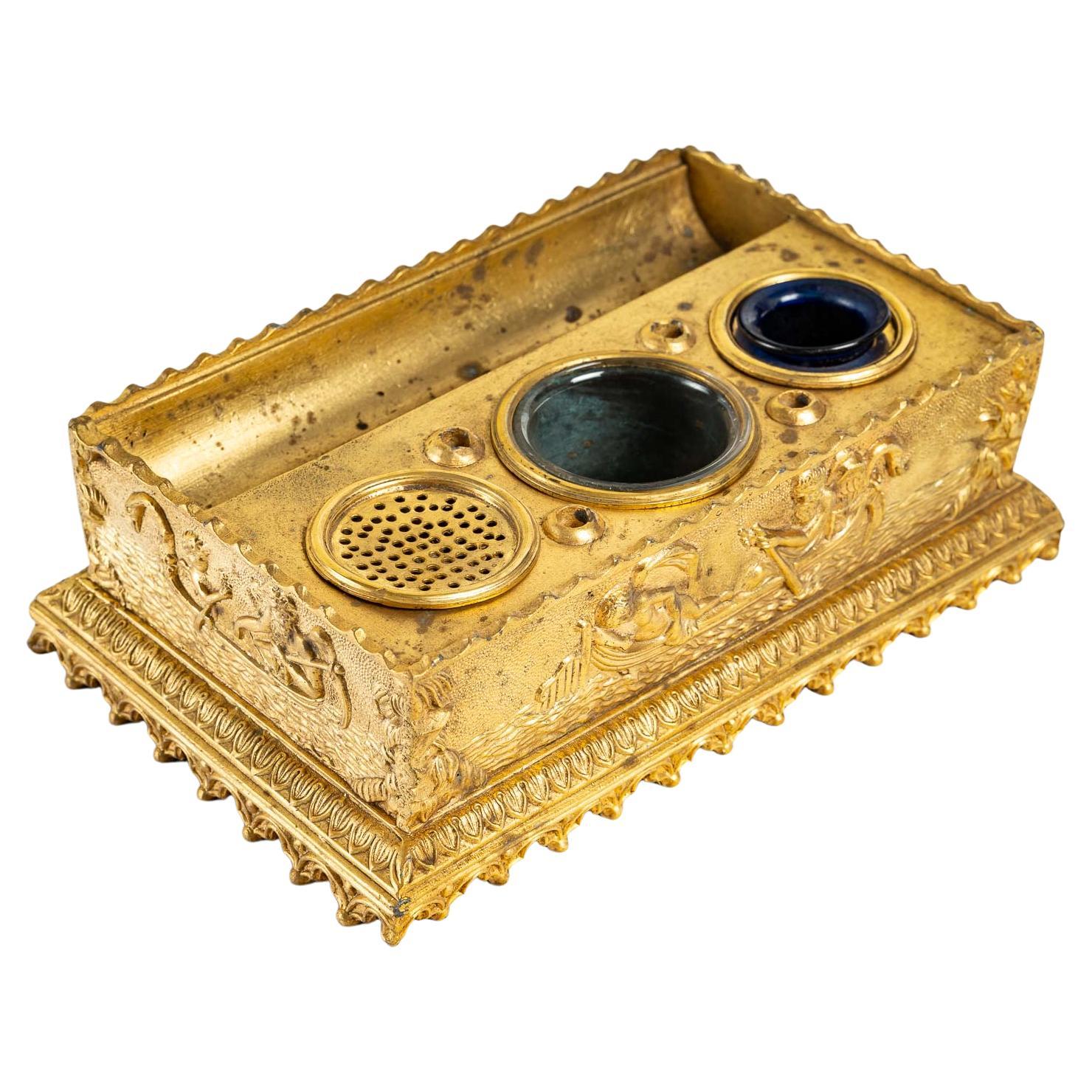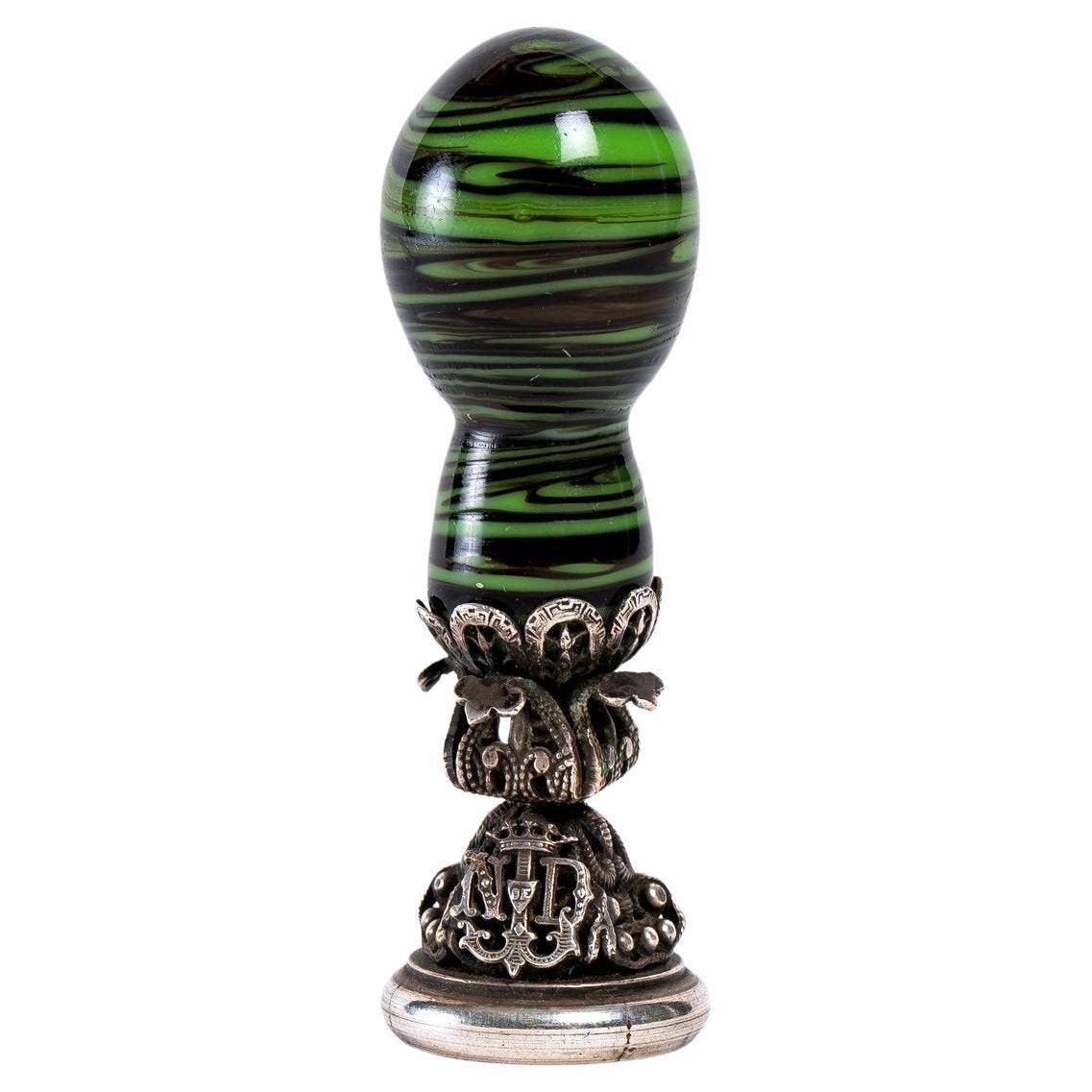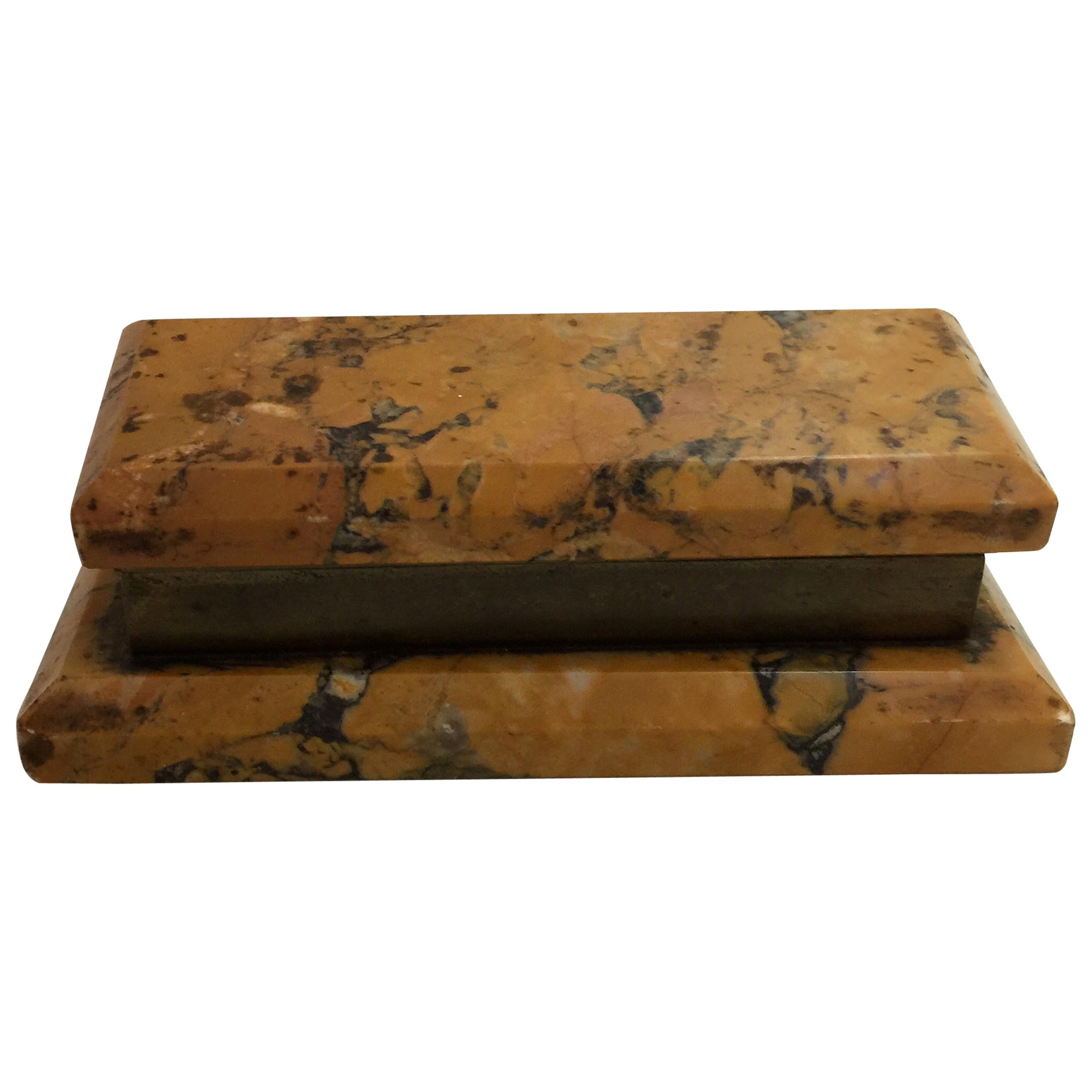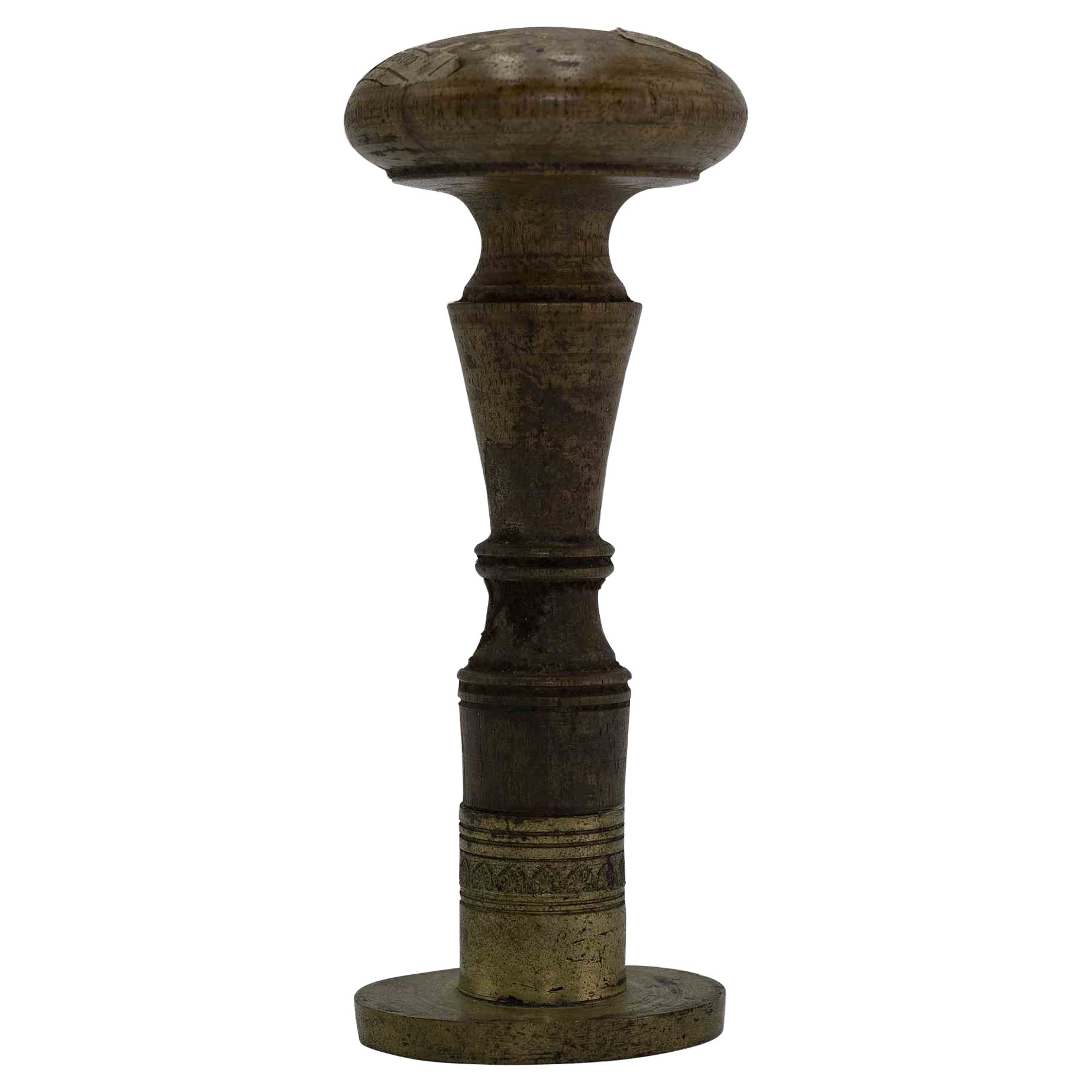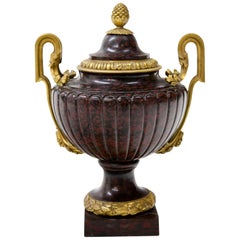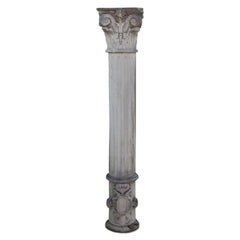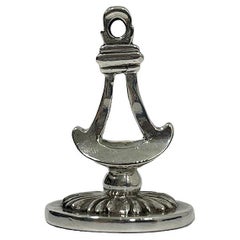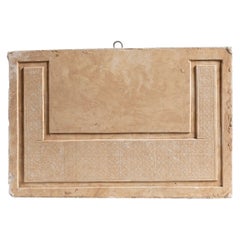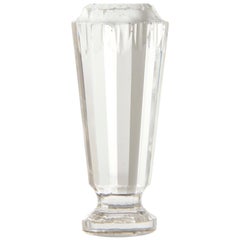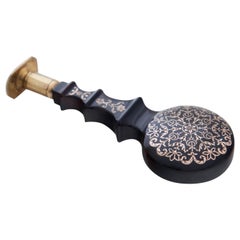
Stamp Seal, France, Second Half of the 19th Century
View Similar Items
Want more images or videos?
Request additional images or videos from the seller
1 of 7
Stamp Seal, France, Second Half of the 19th Century
About the Item
- Dimensions:Height: 0.6 in (1.5 cm)Width: 3.15 in (8 cm)Depth: 1.19 in (3 cm)
- Materials and Techniques:
- Place of Origin:
- Period:
- Date of Manufacture:Second Half of the 19th Century
- Condition:Wear consistent with age and use.
- Seller Location:Greding, DE
- Reference Number:Seller: 078-04731stDibs: LU1014216606191
About the Seller
4.9
Vetted Seller
These experienced sellers undergo a comprehensive evaluation by our team of in-house experts.
Established in 1987
1stDibs seller since 2013
443 sales on 1stDibs
Typical response time: 10 hours
More From This SellerView All
- Marble Vase, France, Second Half of the 19th CenturyLocated in Greding, DELarge lidded vase with a gadrooned wall with acanthus leaves and pine node. Marbre griotte and gilt bronze.Category
Antique Late 19th Century French Empire Vases
MaterialsGriotte Marble, Bronze
- Sandstone Column, Second Half of the 19th CenturyLocated in Greding, DEColumn out of sandstone with a Corinthian capital and fluted shaft, the base is decorated with scrollwork ornament. Very beautiful natural patina.Category
Antique Late 19th Century European Revival Pedestals and Columns
MaterialsSandstone
- Napoleon III Armchair, France Second Half of the 19th CenturyLocated in Greding, DEA Napoleon III armchair on s-shaped legs with a curved frame. The high, rounded backrest as well as the seat and armrests are upholstered. The golden patinated frame is decorated wit...Category
Antique Late 19th Century French Napoleon III Armchairs
MaterialsGiltwood
$1,645 Sale Price20% Off - Chest, Anglo-Indian, Second Half of the 19th CenturyLocated in Greding, DELarge lidded chest with brass and copper fittings and leather cover as well as side handles.Category
Antique Late 19th Century Indian Anglo-Indian Blanket Chests
MaterialsBrass, Copper
- Marble Case with Inkwell, Italy 2nd Half 19th CenturyLocated in Greding, DERed marble casket with pyramidal lid and fitted brass vessels. Light bumps.Category
Antique Mid-19th Century Italian Decorative Boxes
MaterialsMarble
$1,904 Sale Price20% Off - Wandapplik, France, Second Half of the 18th CenturyLocated in Greding, DESymmetrically designed, mirrored wall application made of fire-gilded bronze. The movingly designed frame with rocailles, shells and clasp decoration as well as harvesting tools and ...Category
Antique 18th Century French Wall Mirrors
MaterialsBronze
You May Also Like
- A 19th Century Dutch silver seal wax stampLocated in Delft, NLA 19th Century Dutch silver seal wax stamp A Dutch silver seal wax stamp from the 19th century. A seal stamp showing the Coat of Arms with a crowned shield divided into three sections. The stamp dates before 1893. The stamp is hallmarked with the dolphin in triangle, used between 1893-1906 for non-guaranteed native objects (gilde hallmark). Afterwards marked again later in the 20th century with ZII for the silver purity 833/1000. Signets or called cachets, wax seal stamps, are stamps that were worn on a silver watch chain...Category
Antique 19th Century Dutch More Desk Accessories
MaterialsSilver
- Model with Nasrid Plasterwork Motif from Granada Second Half of the 19th CenturyLocated in Marbella, ESMould with Nasrid plasterwork motif. Granada, second half of the 19th century. Plaster. It has slight flaws on the edges. Measurements: 28 x 41 x 2 m. Following the Mudéjar tradition of working plaster as a decorative material, this plaster mould...Category
Antique 19th Century Spanish Architectural Models
MaterialsPlaster
- 19th Century Rock Crystal SealLocated in London, GB19th century rock crystal seal French, 19th century Measures: Height 6.5cm, diameter 3cm Crafted from rock crystal, this wonderful antiq...Category
Antique 19th Century French More Desk Accessories
MaterialsRock Crystal
- Chinese Bone Stamp, 18th-19th CenturyLocated in Aalsgaarde, DKChinese bone stamp, 18th-19th century Measures: H. 7 W. 10 cm H. 2.7 W. 3.9 in.Category
Antique 18th Century Chinese Paperweights
MaterialsBone
- Renaissance Italian Inkwell Calamelli workshop, Faenza, second half of the 16thBy Virgiliotto CalamelliLocated in Milano, ITInkwell Calamelli workshop (attr.). Faenza, second half of the 16th century Height 4.33 in; length 8.07 in; depth 2.95 in (11 cm; 20.5 cm; 7.5 cm) Weight: 0.800 lb (363 g) State of conservation: some chipping to the top of the mask around the mouth. Handle glued, without any restorations; minor chips in some raised areas. This object has the shape of a foot wearing Greek-style footwear, as can be seen in some raised areas. The foot is anatomically modeled with bare toes, while the ankle is partially covered by the footwear. On the heel, there is a small circular handle to support the object. The mouth of the container is shaped like a mask. The interior, completely enameled, suggests that the piece was intended to be used as an inkwell or to contain some other liquid. The base, however, is not enamelled. The painted decoration, scant and brief, consists of rapid cobalt blue shading between the toes of the foot, with more precise emphasis on the nails. It is accompanied by yellow citrine accents to enhance the forms. The mask is painted with the tip of the brush, to accentuate the tense nature of the eyes and to accentuate their outline. Thin strokes of yellow-orange line the interior of the mouth. Since the Renaissance, this decoration has been referred to as "compendiaria" and it characterizes the period of production extending from the mid-16th century to approximately the middle of the following century. It significantly influenced tastes at the time. It evolved from the polychrome style "istoriato" and transformed into a new style that "summarized" (compendia), or condensed, the ornamentation of the works into a few colors, placing greater prominence on the shapes. It was often inspired by metal specimens. Since the Renaissance, this decoration has been referred to as "compendiaria" and it characterizes the period of production extending from the mid-16th century to approximately the middle of the following century. It significantly influenced tastes at the time. It evolved from the polychrome style "istoriato" and transformed into a new style that "summarized" (compendia), or condensed, the ornamentation of the works into a few colors, placing greater prominence on the shapes. It was often inspired by metal specimens. This artwork finds parallels in similar objects all characterized by this refined style and produced in the city of Faenza and other Italian centers starting from the mid-16th century. The closest comparable example in majolica is a foot acquired by the British Museum in 2011 (inv. 2011, 8008.1). This was previously published by Carmen Ravanelli Guidotti in 1996 and later by Dora Thornton in 2016 during the conference on Renaissance ceramics...Category
Antique 16th Century Italian Renaissance Inkwells
MaterialsMaiolica
- Nice Inkwell of the 19th CenturyLocated in Saint-Ouen, FR"Nice inkwell of the 19th century with its two ink receptacles and the stamp holder" Inkwell, Napoleon III period, gilt bronze and glass, 19th century, with its two ink receptacle...Category
Antique 19th Century French Napoleon III Inkwells
MaterialsBronze
